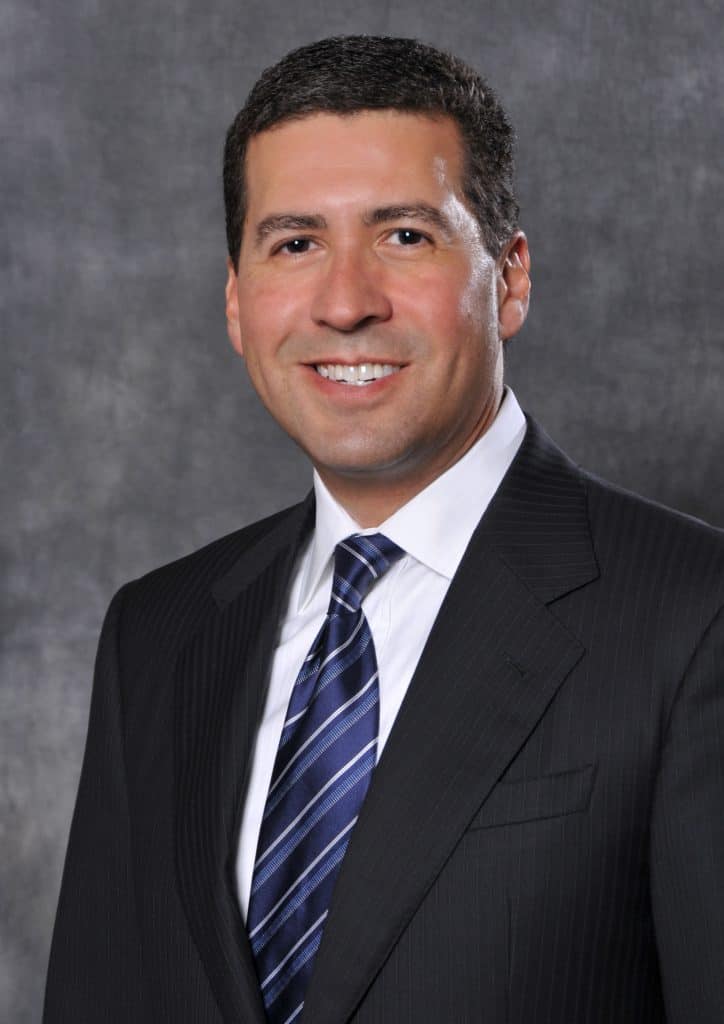If you’re dealing with credit card debt, and paying high interest on it, you’re certainly in good company.
The average American has a credit card balance of $6,375, up nearly 3% from last year, according to Experian’s annual study on the state of credit and debt in America.
And Americans are only piling more on. Total credit card debt surpassed $1 trillion in 2017, its highest point ever, according to a report by the Federal Reserve.
To get a better take on the psychology of judgment and decision-making behind credit card debt, and a look at how consumers can get a handle on it, we turned to Neal Roese, the John L. and Helen Kellogg professor of marketing at the Kellogg School of Management at Northwestern University.
Dealing with credit card debt? Here’s some sound advice from Neal Roese:
 Q1: Credit card debt has jumped to its highest level on record. Are Americans biting off more than they chew or is this part of a growing and more confident economy?
Q1: Credit card debt has jumped to its highest level on record. Are Americans biting off more than they chew or is this part of a growing and more confident economy?
A1: There is a bit of both, split among the haves and have-nots in our society. For the higher tier of earners, income has rising and credit card companies have smartly tailored their reward packages with clearly branded cards (for example the Chase Sapphire line of cards) to attract more affluent and confident consumers.
But for the lower tier of earners, credit cards are still relatively easy to get, and this can be a ready source of credit that can make weekly survival easier, even if the long term debt might be the result. Young people are especially at risk of misestimating the long-term consequences of overspending on credit cards.
Q2: If people are finding themselves in over their heads, what is the best way to manage and pay down credit card debt?
A2: For starters, it helps always to see the big picture, so keep a continually updated list of debts along with the total debt. With the big picture in mind, consumer should set smaller, easily reached goals rather than big goals.
For example, if you have several credit cards with debt, set the goal of paying off the smallest balance as soon as possible. This is because most people feel invigorated by accomplishing a goal, and it makes them more likely to continue in the face of bigger goals.
Q3: The economy is growing, and confidence is climbing, but so are interest rates. How should Americans prepare themselves financially as rates increase?
A3: The best advice is to keep your eye on the ball in terms of interest rates. Across the board interest rates are going to rise, but there will always be variability across specific forms of credit. Most people know that from payday loans to credit cards to home equity lines of credit, we have a progression from high to low interest rates, but at the same time a low to high expectation of the consumer’s credit rating as the barrier to entry.
But beyond that, there is still lots of variability within each form of credit, especially across credit card products. And so it pays to keep an eye out for an alternative credit card offering lower interest rates.
We’d like to thank Neal Roese for his thoughtful insights. We appreciate you taking the time to chat with us.
